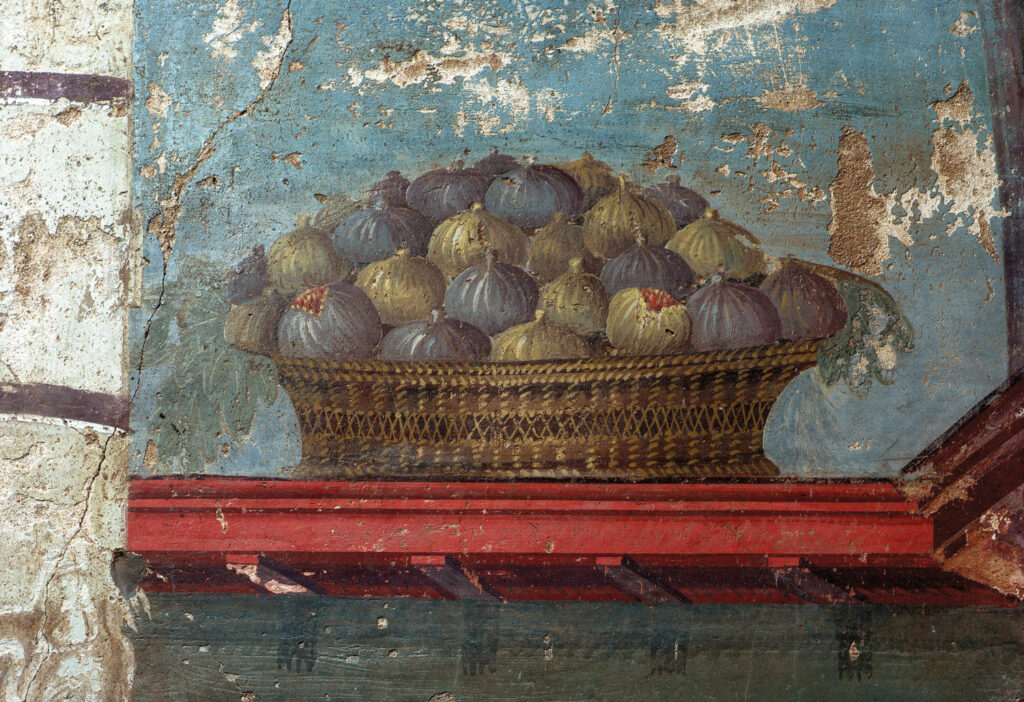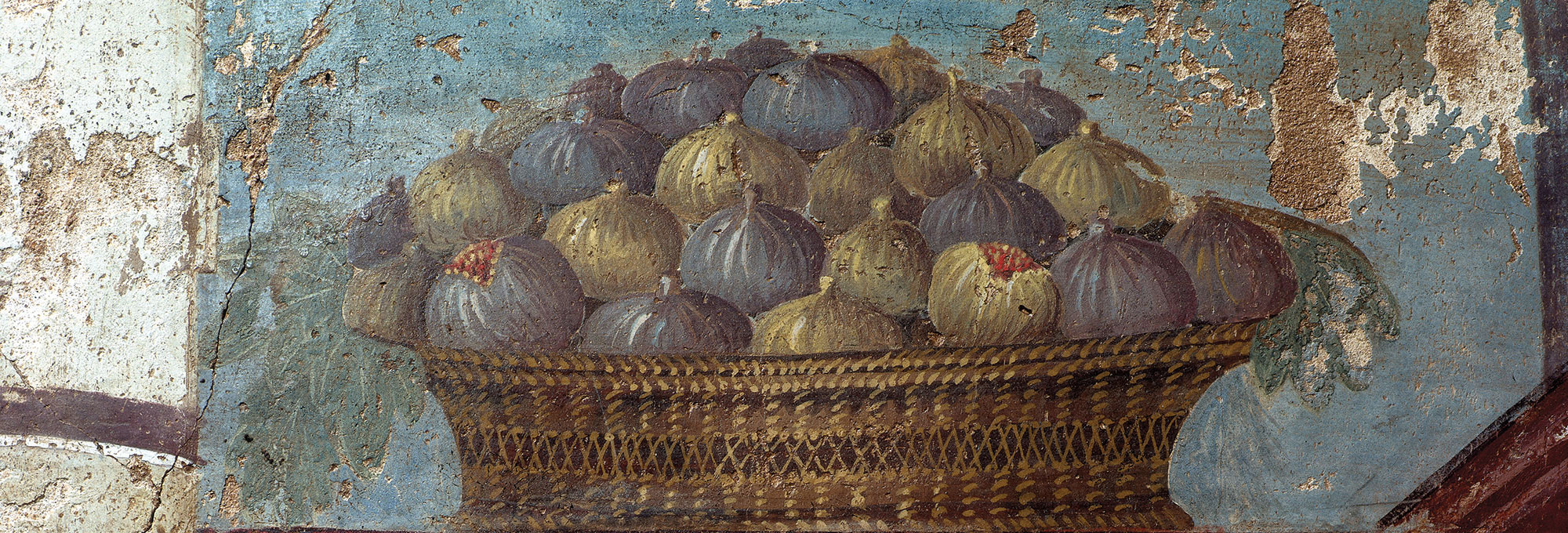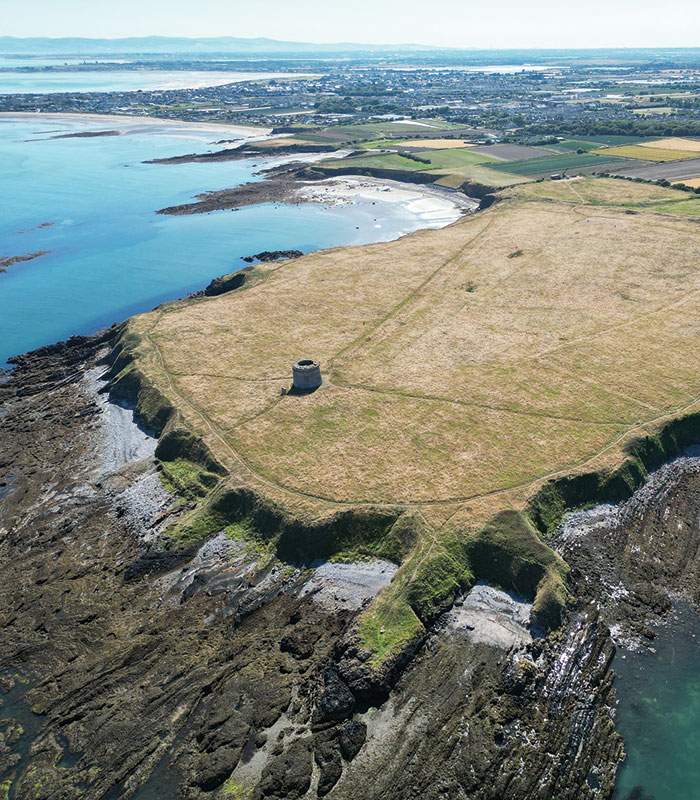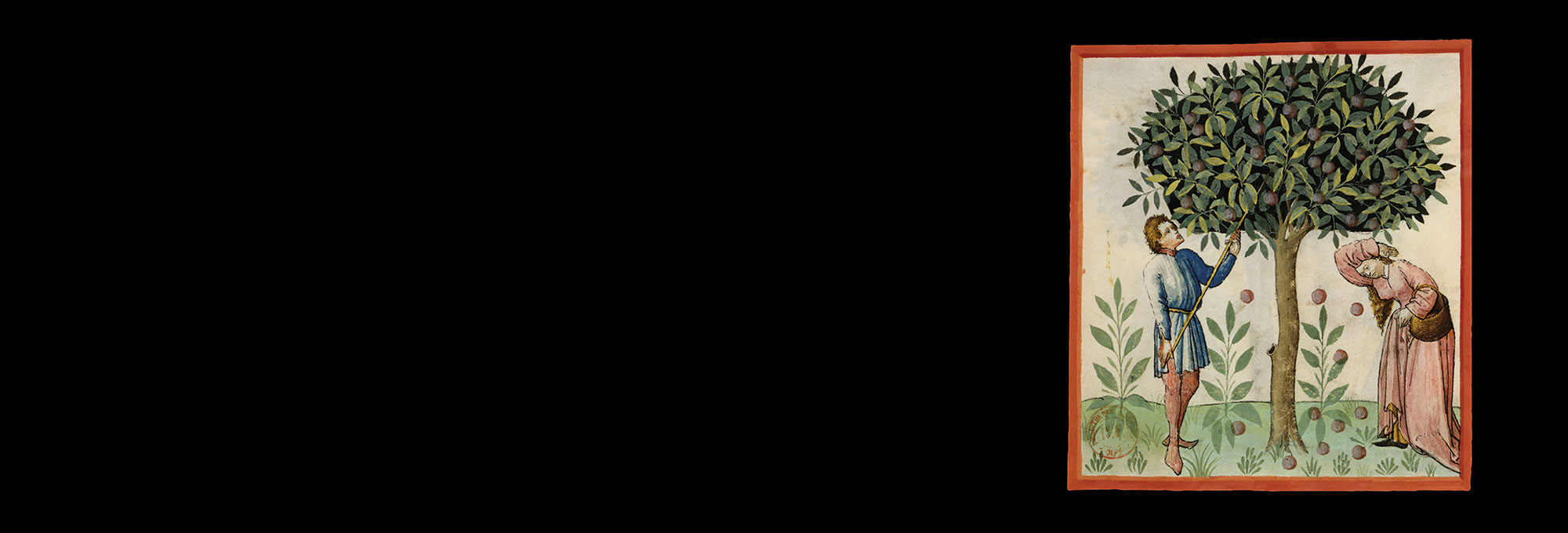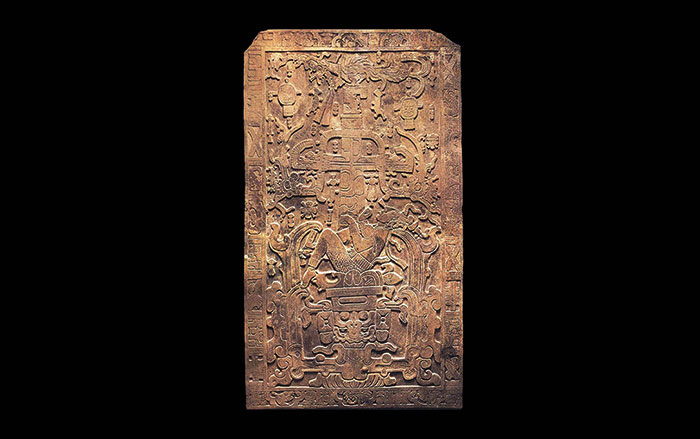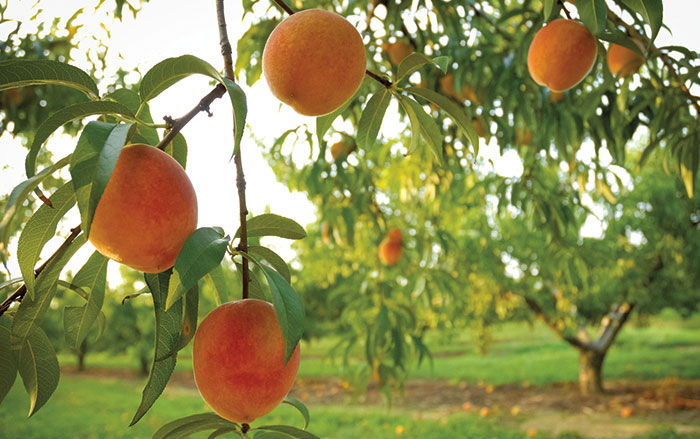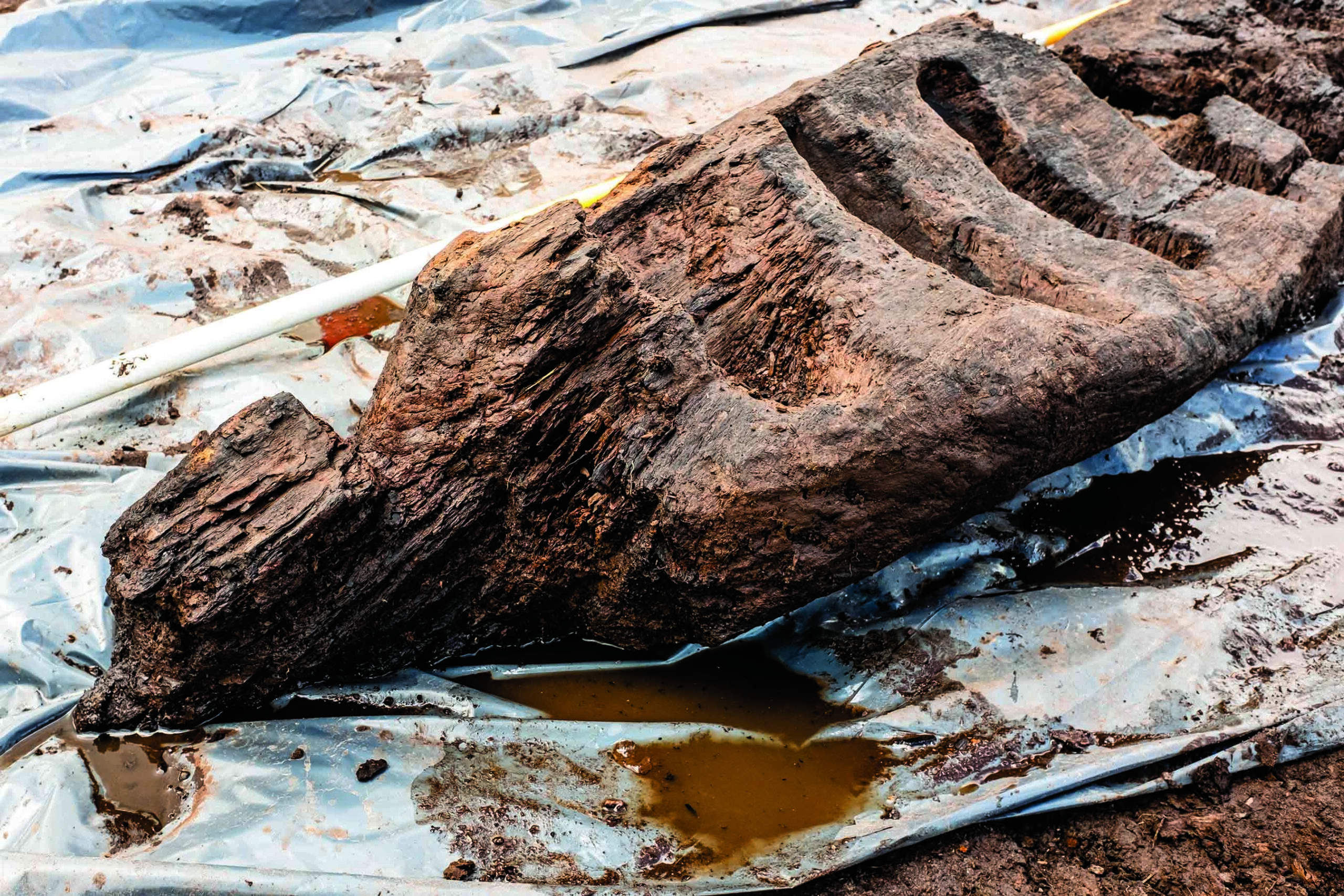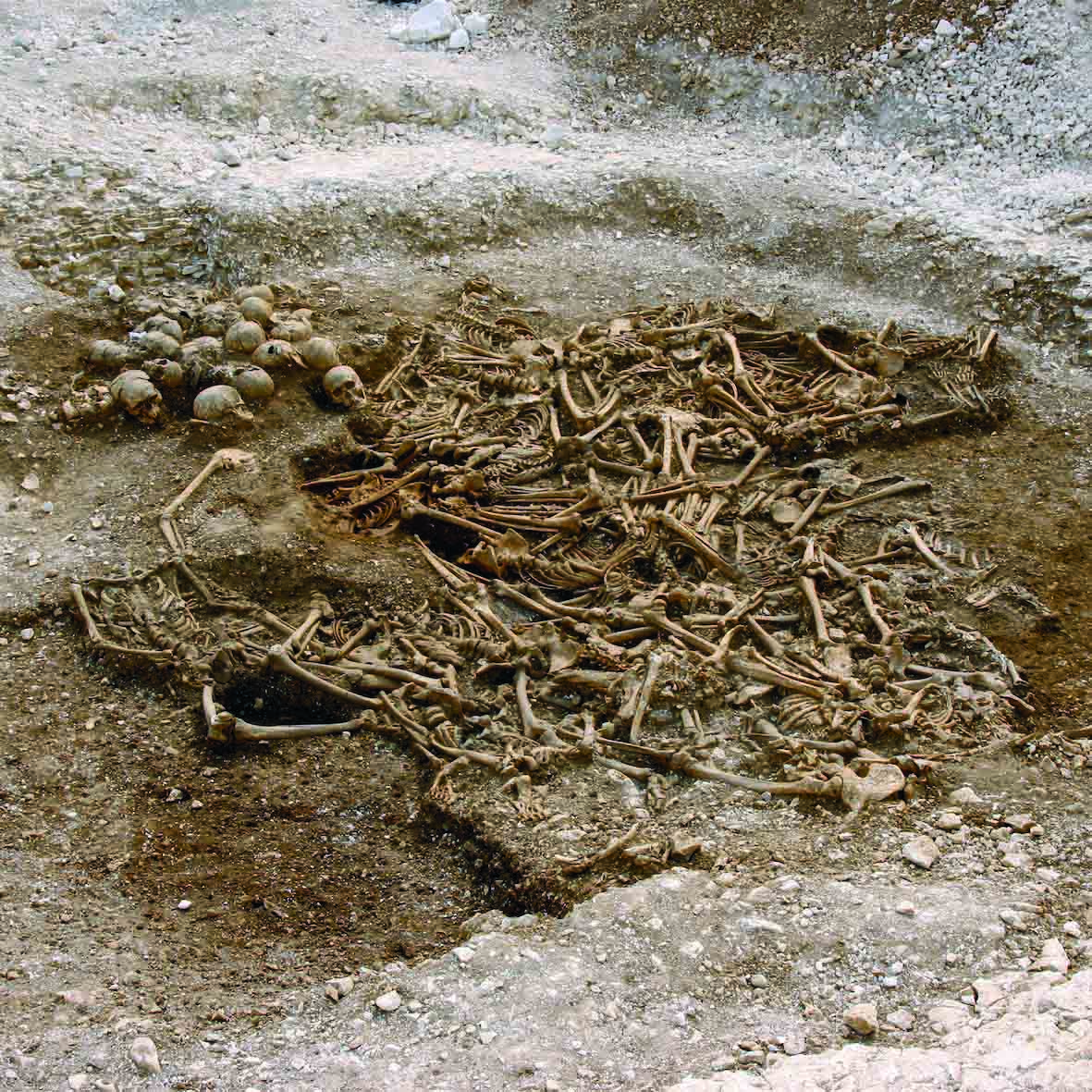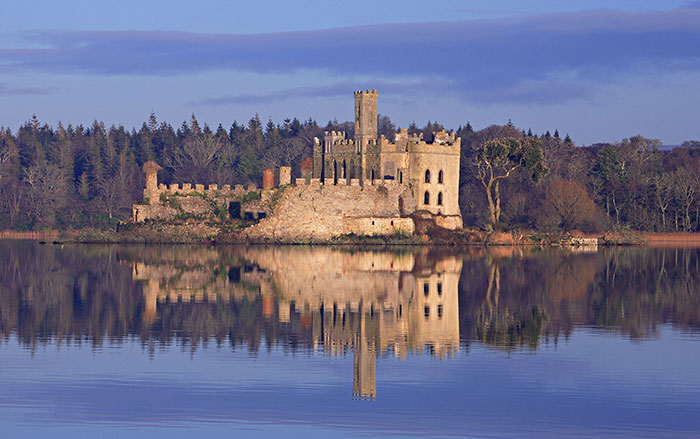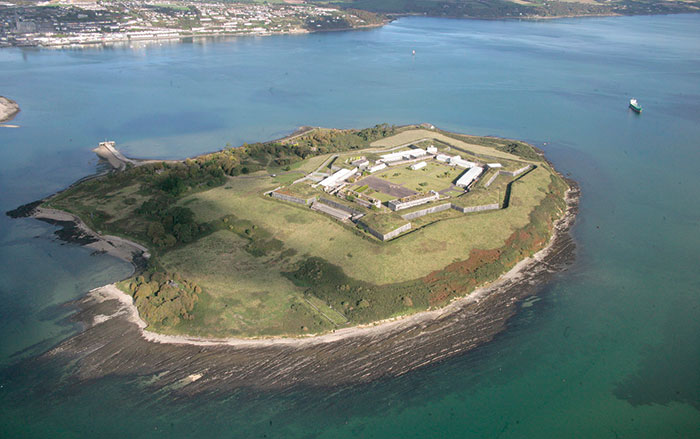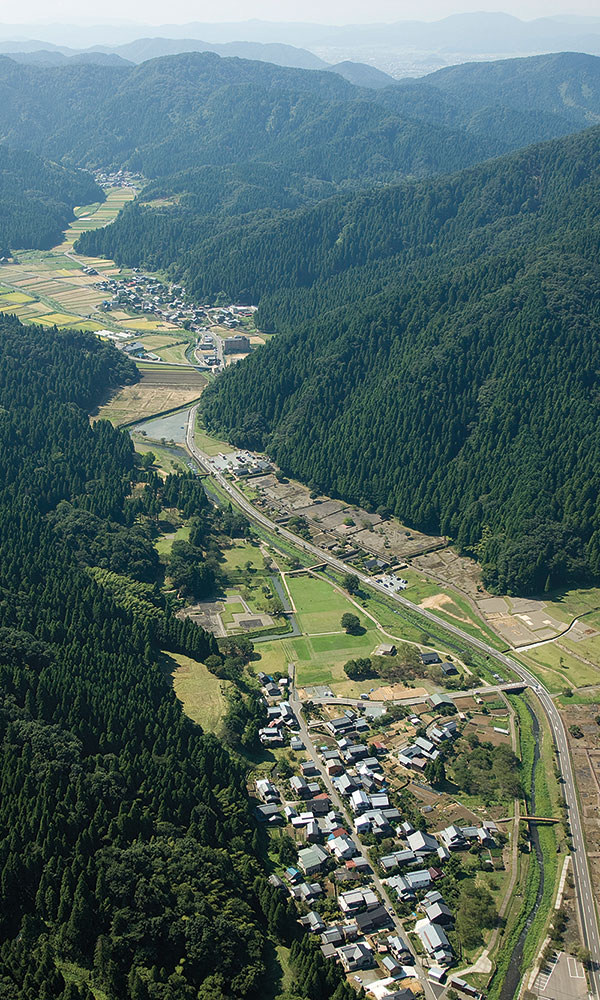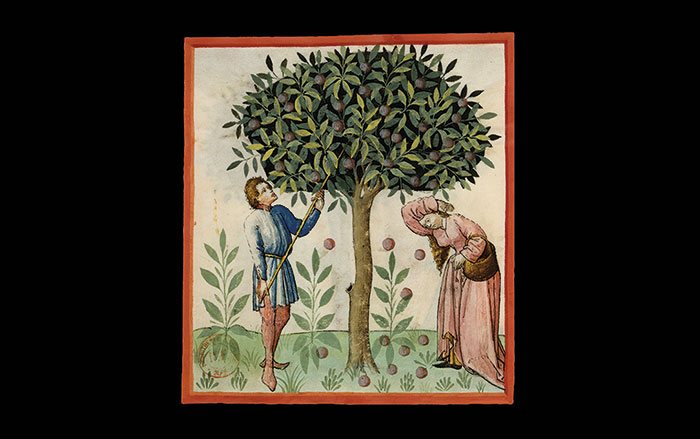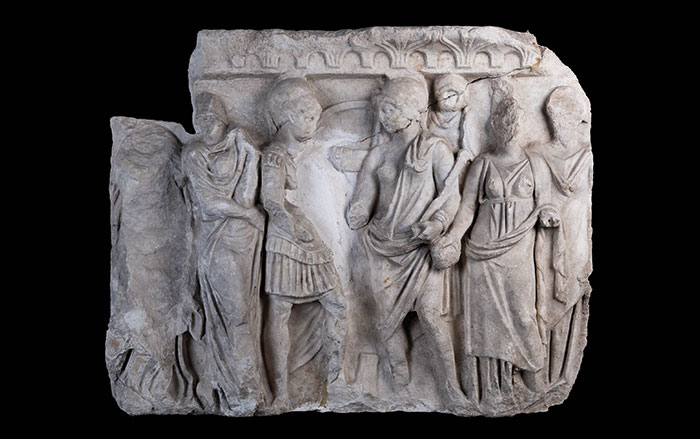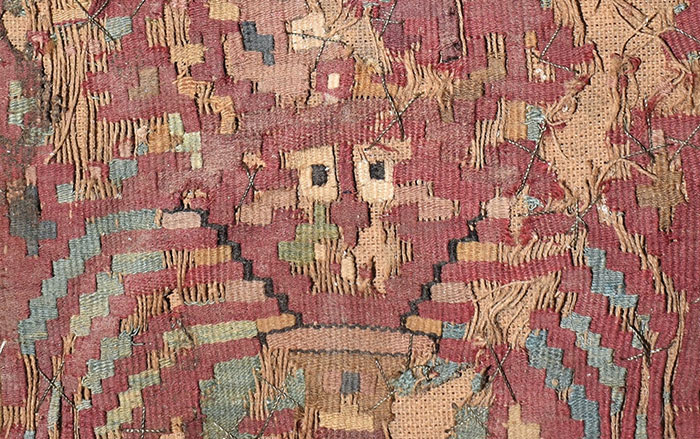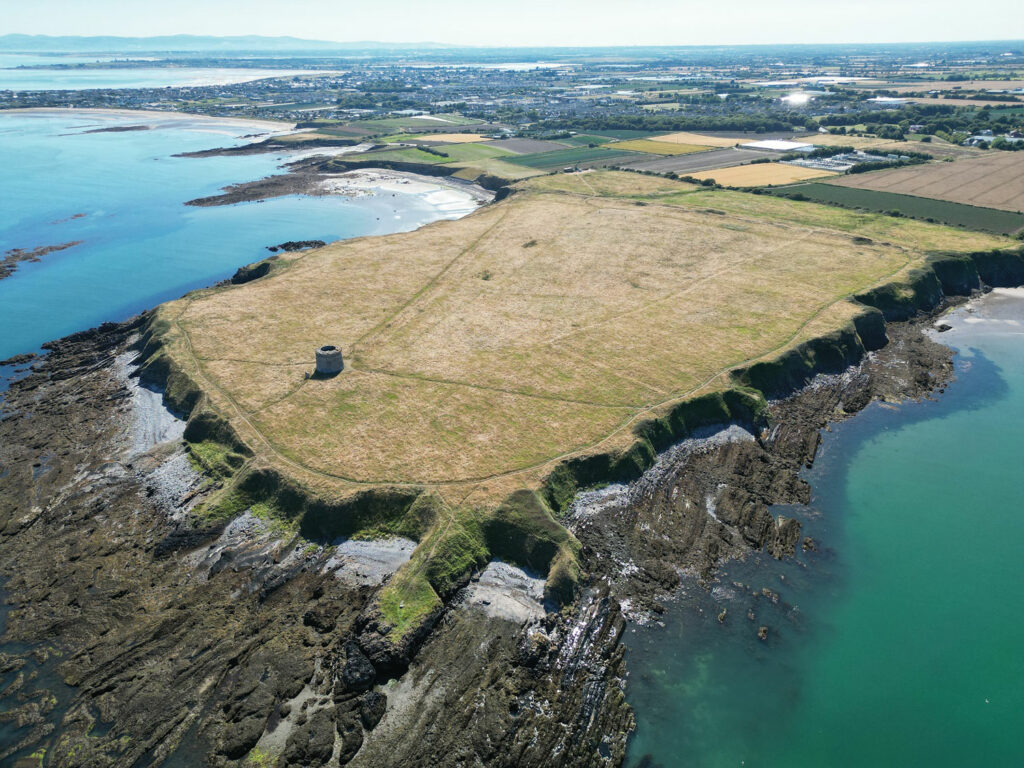
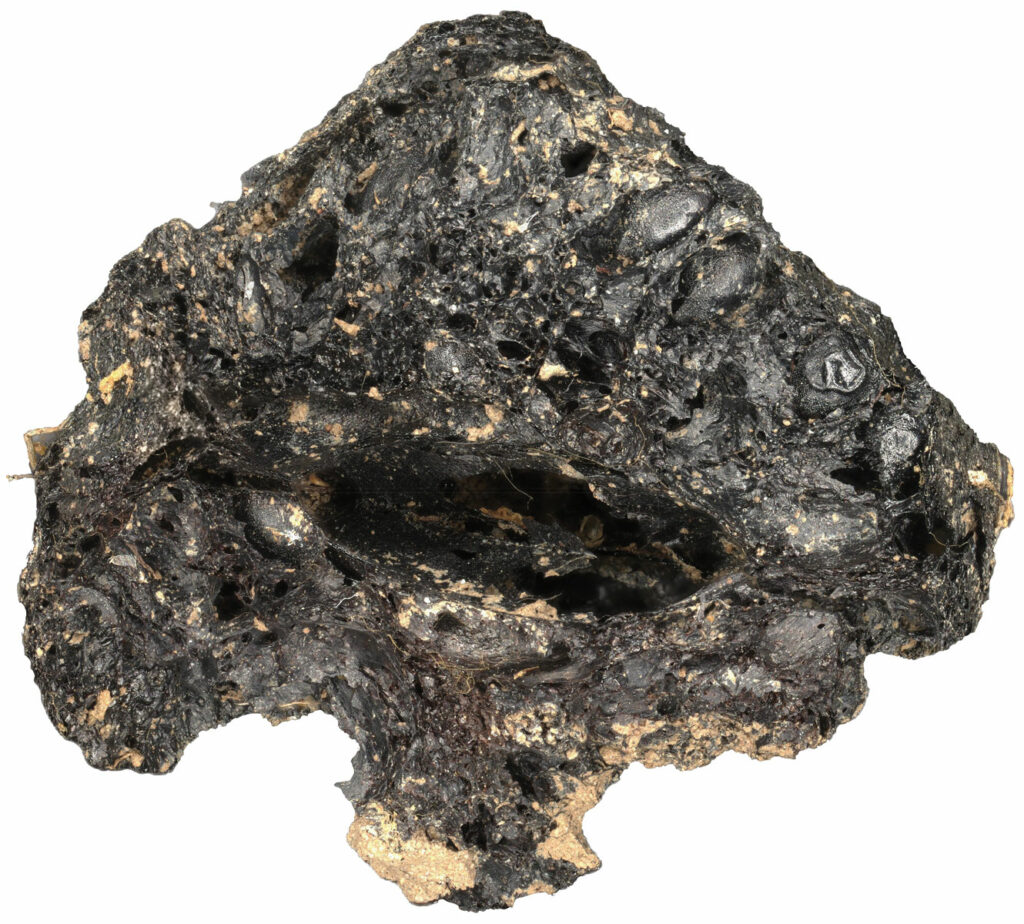
While the Romans never ruled over Ireland, their conquest of Britain in the first century a.d. brought expanded trade opportunities to the Emerald Isle. From the first to third century a.d., the site of Drumanagh, on a windswept coastal promontory just north of Dublin, was a trading post where a range of novel foodstuffs made landfall. During excavations that began in 2018, a team led by archaeologist Christine Baker of the Fingal County Council has discovered copious amounts of burned spelt, a cereal that was a staple in Roman Britain but was relatively rare in Ireland. They have also unearthed fragments of 10 amphoras used to transport olive oil to Drumanagh.
Recently, the team made its most exciting gustatory find so far: a burned fig that has remained intact for nearly 2,000 years. “When first examining its exterior under the microscope, I thought it might be a small apple, and then turned it round and gasped because the internal structure was very clear,” says Meriel McClatchie, an archaeologist at University College Dublin. “I could see lots and lots of little seeds and I realized, ‘It’s a fig!’” The fig, which likely originated in the Mediterranean, is by far the earliest piece of exotic fruit to have been discovered in Ireland.
It’s possible that these non-native foods were being consumed not by the Irish but by the Romans who came to trade with them. McClatchie imagines a Roman merchant insisting upon bringing familiar foods to tide them over on a posting so far from home: “‘I’m not going to that damp, windy rock unless I get my figs and my spelt!’” she says.
